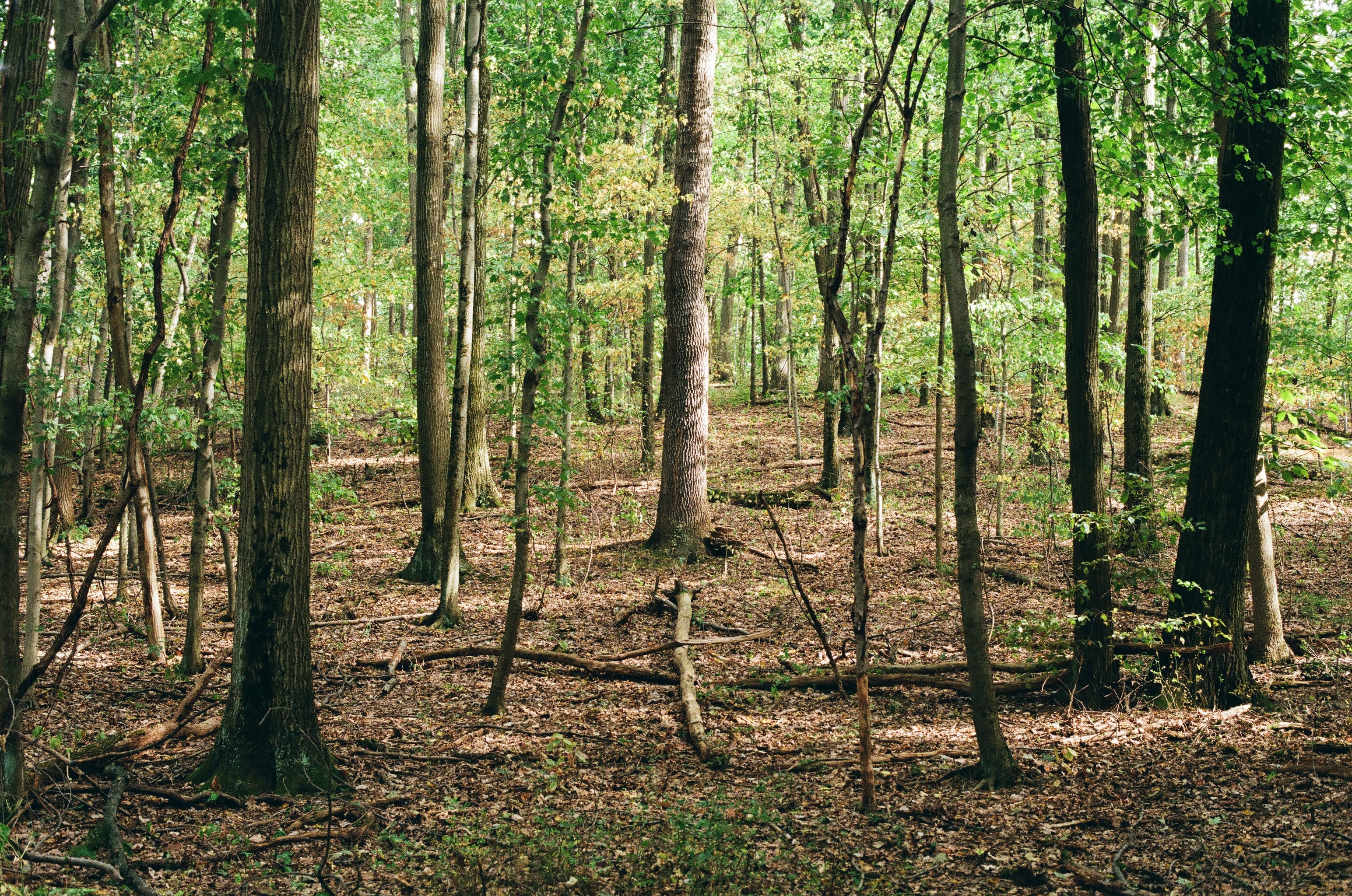Over 40% of Canada’s land surface is publicly owned forest – a natural resource that is important to Canadians as well as to the world. Not surprisingly, forestry annually accounts for about 8% of Canada’s total exports. Their reputation as a trusted source of forest products from legal and sustainable sources is more than justified.

Canada is a world leader in sustainable forest management and environmental stewardship. Sustainable forest management is defined as “a dynamic and evolving concept aimed at maintaining and enhancing the economic, social and ecological values of all types of forests for the benefit of present and future generations”. Forests and trees, when managed sustainably, make an important contribution to both people and the planet by strengthening livelihoods, providing clean air and water, preserving biodiversity and responding to climate change.
More than twenty years ago, Canada became the first country to develop a national forest strategy. This strategy serves as a guideline for Canadians to sustainably manage forests. To protect the forests, the government has enforced numerous laws. Namely, land-use planning, wildlife habitat protection, prevention of regrow of forests and similar matters are protected. These measures of sustainable forest management help Canada’s forests to remain healthy and productive, support a strong forest industry, provide people with jobs, conserve biodiversity, enhance wildlife habitat and reduce the creation of greenhouse gases which is in turn a major cause of climate change.
Indeed, climate change is already affecting Canada’s forests. Current visible effects include changes in the frequency and severity of disturbances (such as fires, drought, severe storms, and damaging insect and disease attacks). One of the consequences of future climate change will be further increases in the frequency and severity of extreme weather events and disturbances. In order to prevent further impacts of climate change on forests, a higher capacity of integrated assessment or the increase of resources to monitor the change would be a first step.